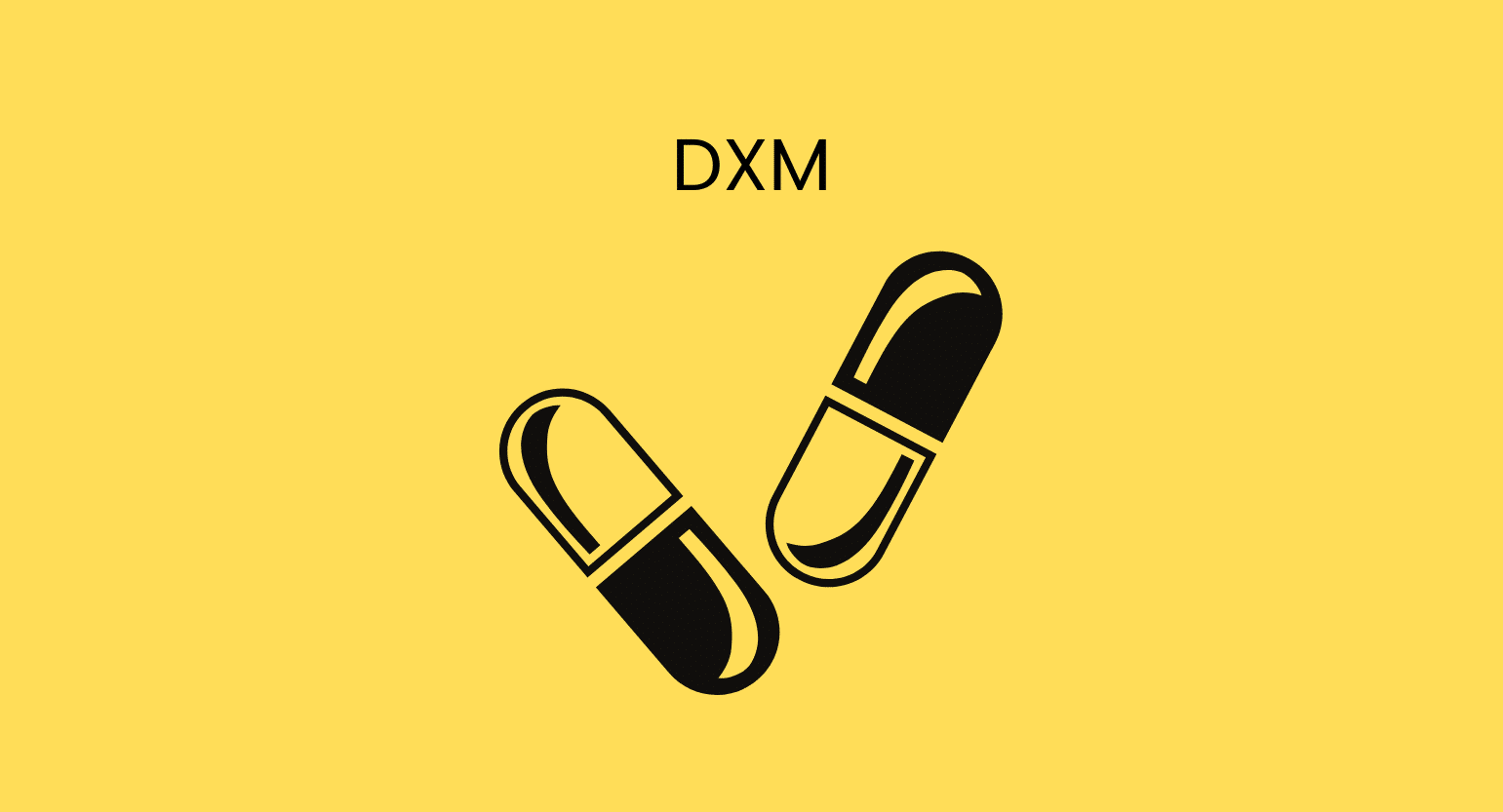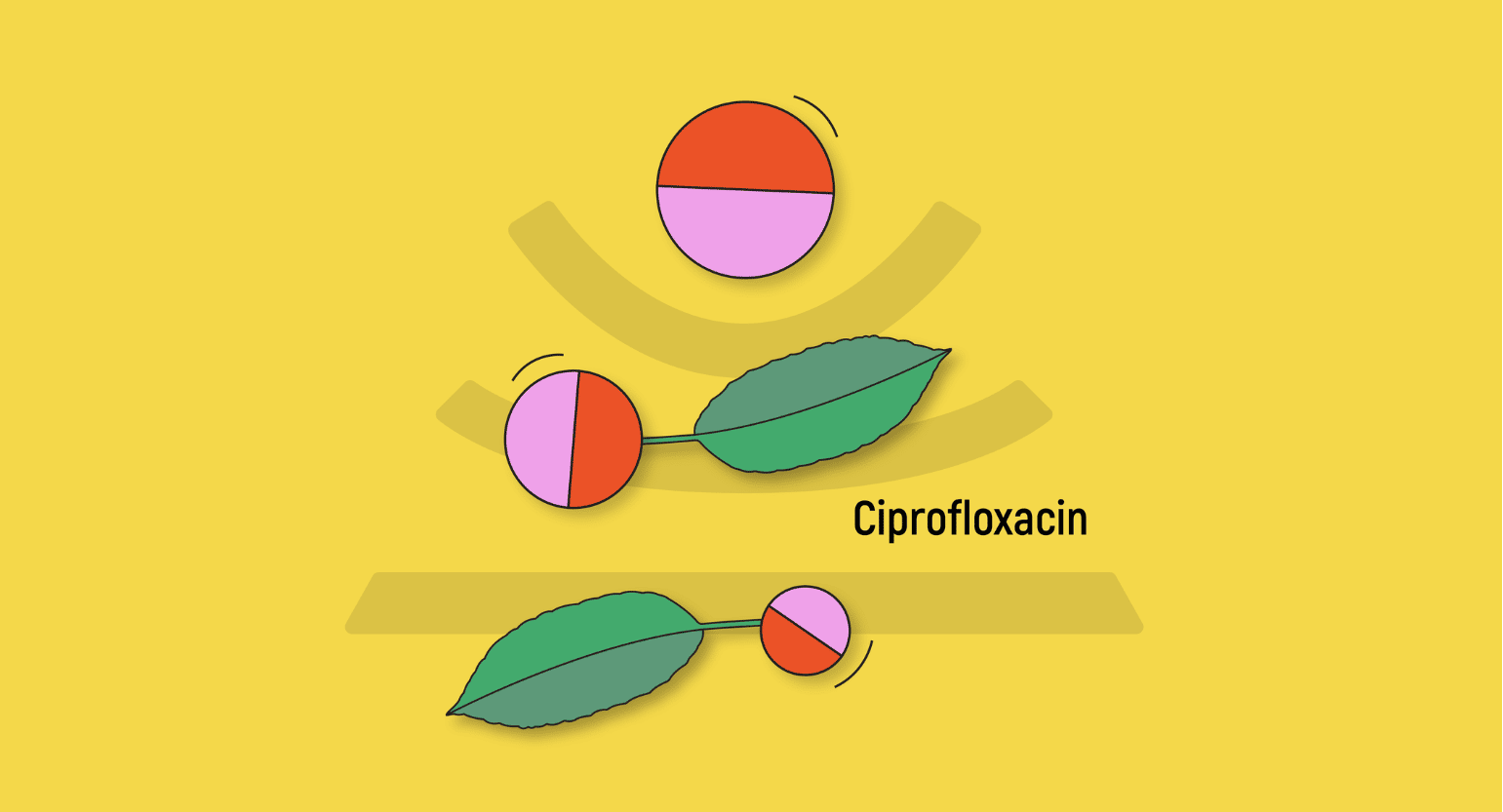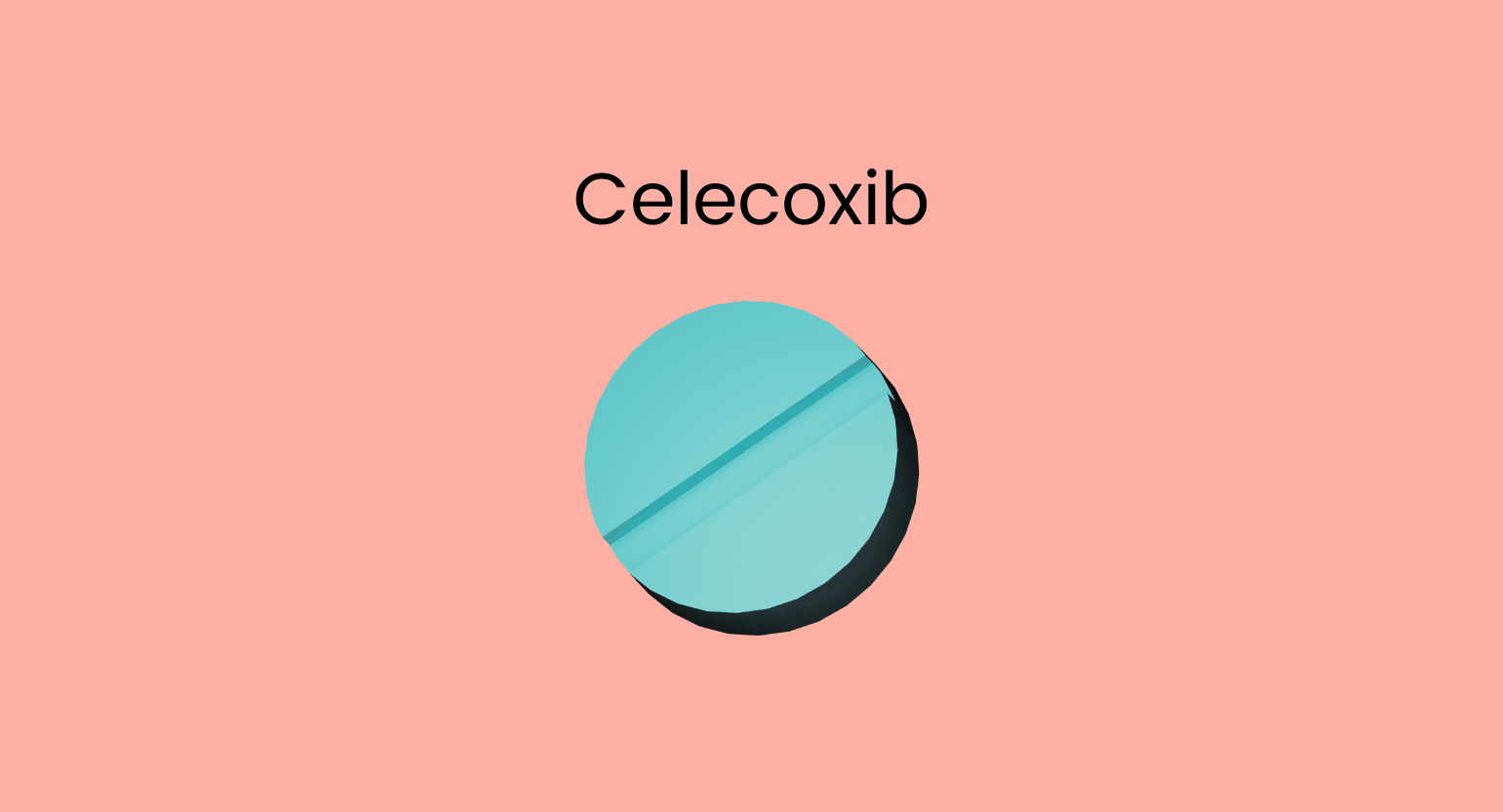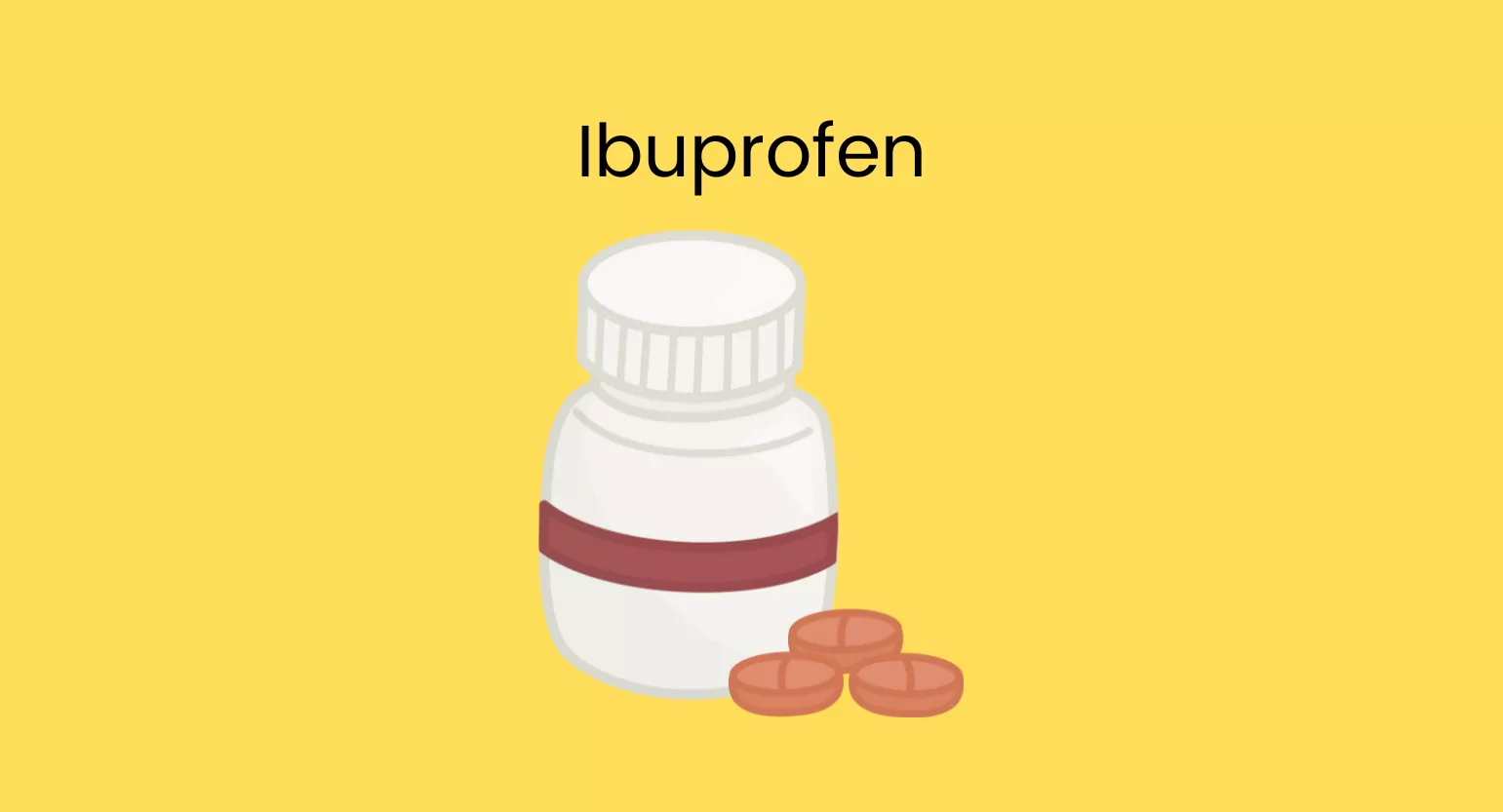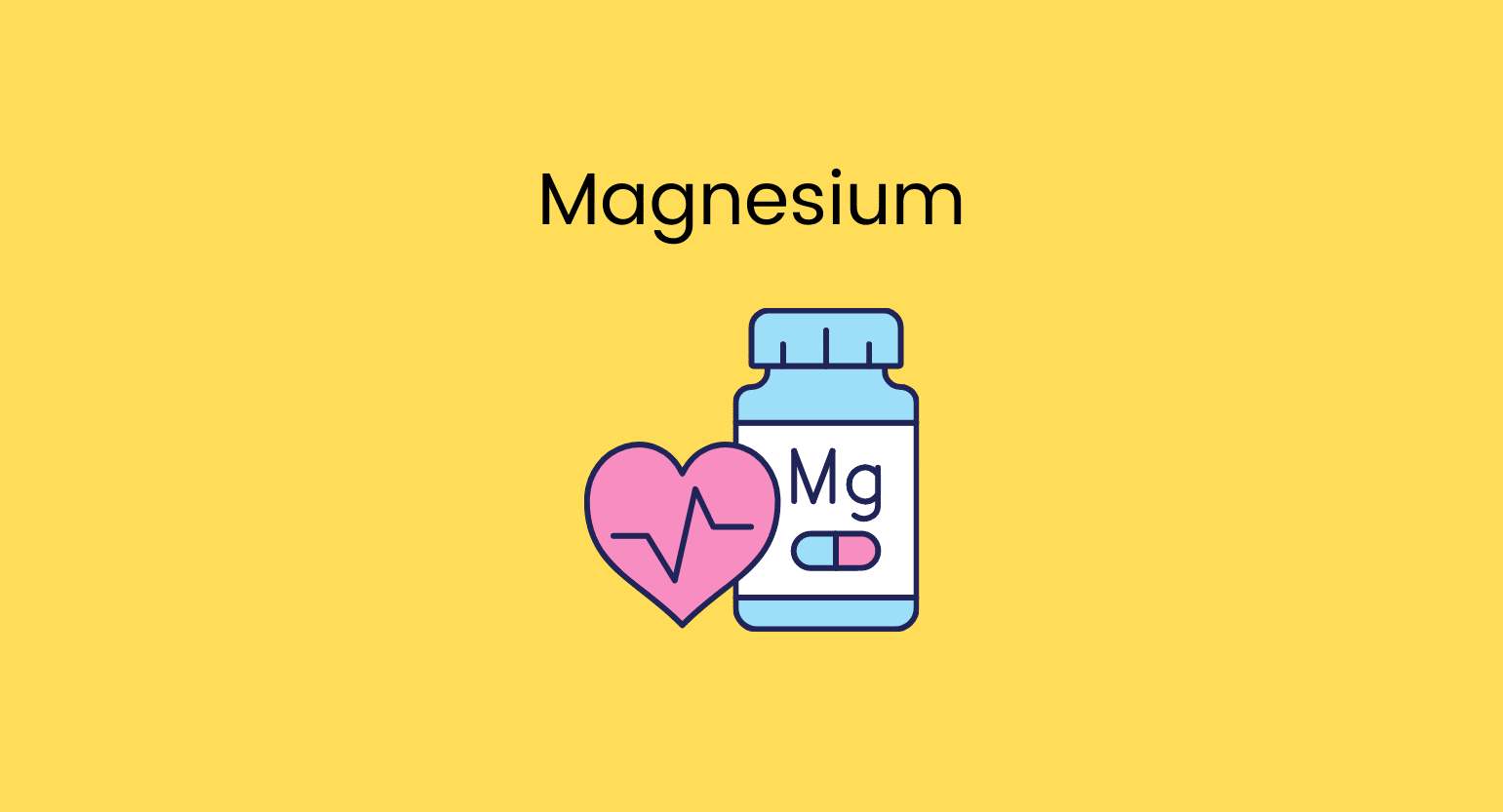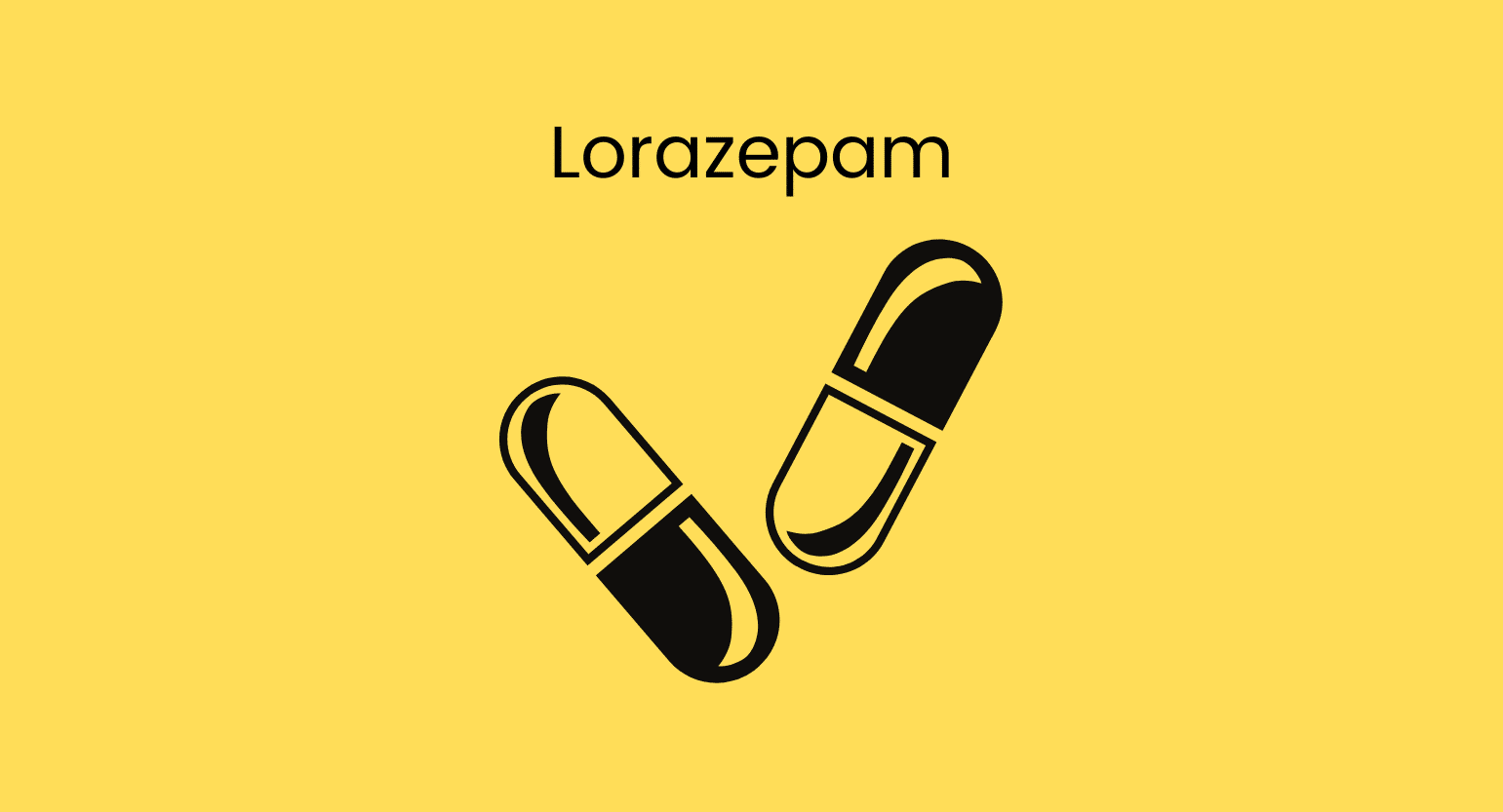Does Kratom Interact With DXM?
Yes, kratom and DXM require the same metabolic pathway and will therefore interact and compete when taken together.
Chemically speaking, DXM is an opioid, but it does not act on the body’s opiate receptors.
On the other hand, kratom isn’t an opioid, yet it interacts meaningfully with the opioid receptors in the central nervous system.
Regarding their effects, kratom and DXM are neutral to each other. Kratom’s psychoactive effects are not in any way disturbed by DXM, nor are DXM’s anti-cough properties affected by kratom.
Nevertheless, there is a cause for concern regarding how the body metabolizes them.
Two cytochrome P450 enzymes mainly metabolize DXM: CYP2D6 and CYP3A4 [1, 2]. Incidentally, kratom has a strong inhibitory effect on both of these enzymes [3].
This means that kratom consumption can lead to an increased presence of DXM and its metabolites within the body.
Related: What Drugs Interact With Kratom?
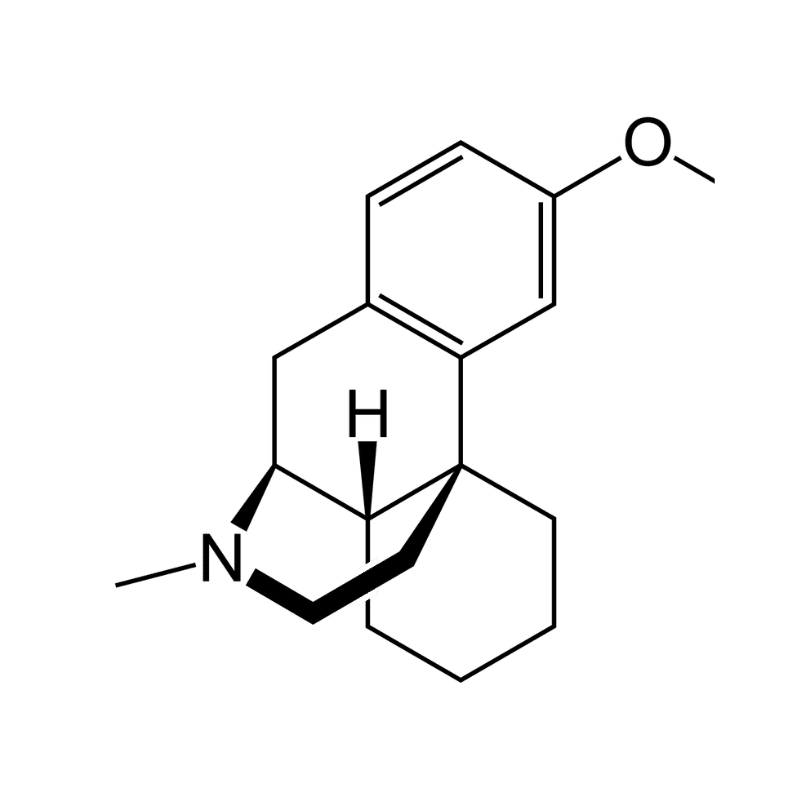
DXM Specs
| Drug Name | Dextromethorphan |
| Trade Names | Delsym, Dexalone, Nyciff, Pedicare, Robitussin |
| Classification | Antitussive & Dissociative |
| CYP Metabolism | CYP2D6 & CYP3A4 |
| Interaction With Kratom | Metabolic Inhibition |
| Risk of Interaction | Moderate |
Is it Safe to Take Kratom With DXM?
As we’ve seen, kratom has inhibitory effects on DXM’s metabolism. But is this an issue?
The reality is this: if you’re taking DXM for a short period and using the proper dosage, it’s unlikely to experience any noticeable side effects when combined with kratom.
DXM is not meant to be used for long periods. Additionally, incredibly large amounts of DXM must be consumed to cause immediate adverse effects.
There are only two caveats:
If you have a condition that forces you to take DXM regularly (remember: it is present in many medications), then you might want to be careful about mixing it with kratom.
Lastly, studies have identified that a significant portion of the population has CYP2D6 deficiencies, which means they have trouble metabolizing compounds with the CYP2D6 enzyme [4]. If you are a part of this cohort, mixing kratom and DXM is slightly riskier.
What is DXM?
Dextromethorphan — or DXM — is a compound found in over 120 over-the-counter medications, most often meant to treat a cold or a cough. As a medication, DXM falls under the antitussives category.
DXM is available in various forms, such as tablets, syrups, and sprays. Its effects last up to 5 to 6 hours. When taken responsibly, it rarely presents side effects.
DXM is known to have sedative, dissociative, and stimulant properties, which means DXM does have the potential for misuse. If taken at excessive doses, it acts as a dissociative hallucinogen. This is known as ‘robotripping.’

What is DXM Used For?
DXM is taken to relieve coughing, usually brought on by the flu or other ailments.
Coughing is a complex mechanism involving nerves in the body sending a message to your brain to make you cough. DXM works by disrupting these communications between the brain and nerves, which suppresses the cough reflex [5].
However, it will treat cough symptoms but will not treat the cause or aid in the recovery process.
DXM is regularly found alone or in combination with antihistamines, pain relievers, decongestants, etc. If you’re unsure which type of DXM medication is best for you, consult a pharmacist.
For instance, the antihistamines found in conjunction with many DXM medications can induce feelings of drowsiness, making them unsuitable for daytime use.
What’s the Dose of DXM?
As with most medications, the proper dosage of DXM is highly dependent on several factors.
The main factors you should be aware of are:
- Age (some adult DXM products are unsuitable for children)
- Method of consumption (tablets, pills, or liquids)
- Other ingredients in the formula (many DXM products contain acetaminophen or aspirin)
- The type of DXM (immediate-release or extended-release)
Now, having considered these factors, these are the generally recommended dosages of DXM lozenges:
| Age Group | Dosage Recommendations |
| Adults and children 12 years of age and older | 5 to 15 mg every two to four hours, as needed. |
| Children 6 to 12 years of age | 5 to 15 mg every two to six hours, as needed. |
| Children 4 to 6 years of age | 5 mg every four hours, as needed. |
| Children and infants up to 4 years of age | Use is not recommended. |
You can find more information about dosage recommendations for each age group and DXM presentation on the Mayo Clinic Drugs & Supplements Website.
Generic & Brand Name Versions
As mentioned before, DXM is an active component in over 100 medications.
DXM is available in some of the following brand names:
- Creomulsion
- Dayquil
- Creo-Terpin
- Delsym
- Dexalone
- Nyciff
- Pedicare
- Robitussin
- Vicks Cough Relief
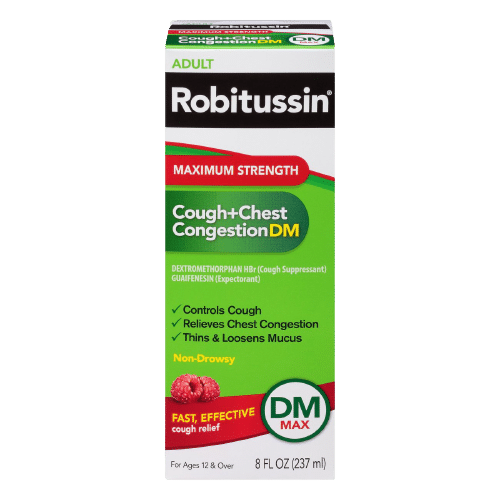
What Are the Side Effects of DXM?
DXM comes with a lot of side effects. The most common is drowsiness and nausea. Some users take DXM recreationally for its dissociative effects (it makes users feel like they’re positioned outside the body entirely).
The higher the dose of DXM one uses, the more severe the side effects.
DXM may cause the following side effects [7]:
- Dizziness
- Drowsiness
- Lightheadedness
- Nausea
- Nervousness
- Restlessness
- Skin rashes
- Stomach pain
- Vomiting
Call your doctor if these symptoms are severe or don’t go away.
Additionally, the recreational use of DXM (which involves ingesting 5-10x the usual amount) is known to cause severe adverse effects like respiratory depression.
When consumed in this fashion, DXM has been found to have addictive potential; users manifest withdrawal symptoms when quitting [6].
What is Kratom?
Kratom is a natural herbal extract derived from the leaves of the Mitragyna speciosa tree. It’s a psychoactive compound with a wide range of effects.
Indigenous people in Southeast Asia have been using it as traditional medicine for centuries. Much like the coca leaf in South America.
Kratom’s effects come from the many plant-based alkaloids that it contains. These bind to opiate receptors in the central nervous system to produce stimulant or depressive effects.
Kratom is available for consumption in many different ways — e.g., tinctures, tea, crushed powder pills, or raw leaves are available for purchase through many distributors.
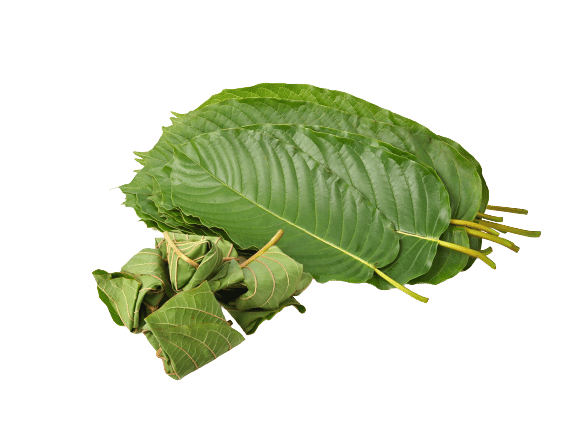
What is Kratom Used For?
Kratom has many applications, but the most common include energy and focus support, pain relief, and anxiety relief.
Regarding its stimulant properties, kratom is excellent as a morning booster and is quite popular with creative types who want to enhance their mental energy.
The analgesic benefits of kratom are most popular with those dealing with chronic pain conditions (e.g., fibromyalgia and arthritis), and it has even shown promise in alleviating the symptoms of opioid withdrawal.
What’s the Dose of Kratom?
Everyone is different, so it’s never a good idea to completely trust a generalized dosage for kratom or any herb. Listen to your body and increase or decrease the dosage according to how you feel after taking it.
With that said, average dosage recommendations help identify the ideal starting dose.
Here are the generalized kratom dosages:
- Low dose (1 – 5 g): this range promotes the stimulant, mind-based effects of kratom.
- Medium dose (5 – 10 g): analgesic and anxiolytic properties become more evident the more you ingest kratom.
- High dose (10 – 15 g): heavy sedative, analgesic, and anxiolytic qualities are to be found at this high dose. Do not consume this amount of kratom if you’re unsure how your body will handle it.
Also see: How Much Kratom is Too Much?

What Are the Side Effects of Kratom?
Kratom, like any pharmacologically-active substance, can cause side effects. The more kratom you use, the more likely you will experience side effects.
Kratom can cause the following side effects:
Additionally, it bears repeating that kratom can become addictive. However, the risk is minimized if one abstains from consuming large doses for extended periods.
What Are the Different Types of Kratom?
Kratom comes in an assortment of different strains.
Now, it’s not like they’re radically different experiences; all kratom strains share the same basic suite of properties. However, each strain can accentuate different aspects of the kratom plant.
The strains are named after the color of the kratom leaf’s vein. But once they are processed and ground down into powder, they all look the same.

White Vein Kratom
White-veined kratom strains are best thought of as falling under the mind-based spectrum of kratom benefits. They stimulate mental focus, euphoria, and generalized states of increased mental activity.
If you’re looking to try kratom for its stimulant-like properties, then White Vein kratom is likely your best option.

Red Vein Kratom
In comparison to white-veined strains, red vein kratom can be found on the opposite end of the spectrum.
It is best used to promote the analgesic and anti-anxiety benefits of the kratom plant, making it popular with chronic pain patients who do not want to treat themselves with pharmacological painkillers.
Red vein kratom users also report it encourages calm states of being.

Green Vein Kratom
Green vein kratom can be found right at the middle of the spectrum. Green-veined strains have a healthy balance of all of kratom’s benefits.
However, this benefit is also a drawback because green vein strains sacrifice the targeted experience of a white or red strain.

Yellow Vein Kratom
The mysterious yellow-veined kratom strains are thought to arise from a mixture of red and white strains, although this depends on the vendor. Yellow strains combine multiple types of kratom to produce the desired effect profile, according to the vendor.
In any case, yellow-vein kratom users report this strain as closely connected to green-vein kratom in terms of its effects.
The one significant difference is that yellow vein kratom is supposedly milder than green, which makes it a perfect choice for beginners.
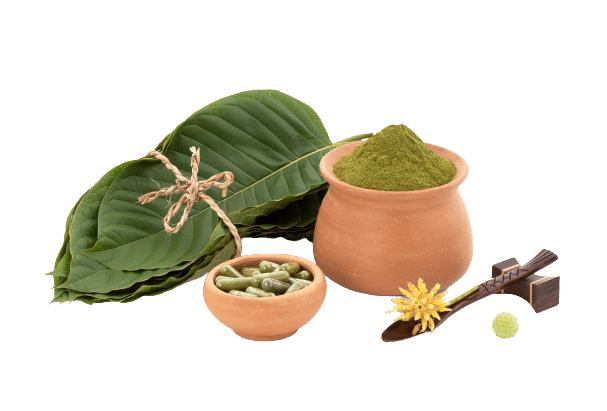
Key Takeaways: Is it Safe to Mix Kratom & DXM?
Simply stated: if you’re taking both compounds responsibly and in proper dosages, you probably won’t experience any severe side effects.
However, it’s not wise to take DXM as a potentiator for kratom in higher doses. While it certainly works for this application, you’ll significantly increase the risk of side effects.
Mainly you need to be aware of the inhibitory effects of kratom on the metabolization of DXM. This will not be an issue in most cases, as DXM is taken occasionally when cold symptoms arise.
If, for some reason, you find yourself consuming both compounds regularly, ask your doctor about how to best manage these substances together.
Do not ingest large amounts of DXM for recreational purposes.
- Schadel, M., Wu, D., Otton, S. V., Kalow, W., & Sellers, E. M. (1995). Pharmacokinetics of dextromethorphan and metabolites in humans: influence of the CYP2D6 phenotype and quinidine inhibition. Journal of clinical psychopharmacology, 15(4), 263-269.
- Yu, A., & Haining, R. L. (2001). Comparative contribution to dextromethorphan metabolism by cytochrome P450 isoforms in vitro: can dextromethorphan be used as a dual probe for both CYP2D6 and CYP3A activities?. Drug Metabolism and Disposition, 29(11), 1514-1520.
- Hanapi, N. A., Ismail, S., & Mansor, S. M. (2013). Inhibitory effect of mitragynine on human cytochrome P450 enzyme activities. Pharmacognosy Research, 5(4), 241.
- Woodworth, J. R., Dennis, S. R. K., Moore, L., & Rotenberg, K. S. (1987). The polymorphic metabolism of dextromethorphan. The Journal of Clinical Pharmacology, 27(2), 139-143.
- Bem, J. L., & Peck, R. (1992). Dextromethorphan. Drug Safety, 7(3), 190-199.
- Mutschler, J., Koopmann, A., Grosshans, M., Hermann, D., Mann, K., & Kiefer, F. (2010). Dextromethorphan withdrawal and dependence syndrome. Deutsches Ärzteblatt International, 107(30), 537.
- Oh, S., Agrawal, S., Sabir, S., & Taylor, A. (2019). Dextromethorphan.

